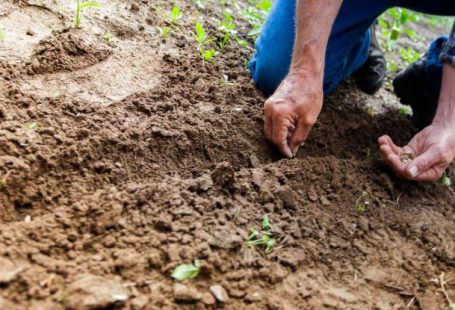Pruning a bonsai tree is an essential part of maintaining its health, shape, and overall aesthetic appeal. When done correctly, pruning can promote new growth, improve the tree’s structure, and enhance its overall beauty. However, improper pruning can lead to stress, damage, and even the death of the tree. To ensure your bonsai thrives, it’s crucial to understand the proper techniques for pruning. In this guide, we will delve into the art of correctly pruning a bonsai tree to help you keep your miniature masterpiece in top condition.
Understanding the Purpose of Pruning
Before picking up your pruning shears, it’s essential to understand why pruning is necessary for bonsai trees. Pruning serves several critical purposes, including:
1. **Promoting Growth**: By selectively removing branches and foliage, you can encourage new growth in desired areas of the tree.
2. **Maintaining Shape**: Pruning helps maintain the desired shape and proportions of the bonsai tree, ensuring it retains its aesthetic appeal.
3. **Improving Health**: Removing dead, diseased, or overgrown branches can improve air circulation and sunlight exposure, promoting the tree’s overall health.
4. **Preventing Disease**: Regular pruning helps identify and remove diseased or pest-infested areas before they spread to the rest of the tree.
Choosing the Right Tools
To prune a bonsai tree effectively, you’ll need the right tools at your disposal. Some essential tools for pruning bonsai trees include:
– **Pruning Shears**: Also known as scissors, these are used for precise pruning of small branches and foliage.
– **Concave Cutters**: Ideal for cutting thicker branches cleanly without damaging the surrounding bark.
– **Knob Cutters**: Used for removing knobs or bumps left behind after pruning branches.
– **Wire Cutters**: Essential for safely removing wire from branches without causing damage.
– **Root Pruning Tools**: Necessary for root pruning, which is essential for maintaining the tree’s health and encouraging new growth.
Pruning Techniques for Bonsai Trees
1. **Maintenance Pruning**: Regular maintenance pruning involves removing small amounts of foliage to maintain the tree’s shape and proportions. Use sharp pruning shears to make clean cuts just above a leaf node or bud to encourage new growth.
2. **Thinning**: Thinning involves selectively removing branches to improve airflow and light penetration within the tree. This technique helps prevent overcrowding and promotes overall health.
3. **Branch Pruning**: When pruning branches, it’s essential to make cuts at a slight angle just above a leaf node or bud. Avoid leaving stubs, as they can invite disease and hinder healing.
4. **Root Pruning**: Root pruning is essential for maintaining the health and vitality of your bonsai tree. Use root pruning tools to trim the roots during repotting, ensuring they fit within the confines of the bonsai pot.
5. **Pinching**: Pinching involves removing new growth with your fingers to encourage ramification and create a fuller canopy. Pinch back new shoots to the desired length to maintain the tree’s shape.
6. **Wiring**: While not technically pruning, wiring is a technique used to shape and train branches. Be careful not to leave wire on for too long, as it can cut into the bark and damage the branch.
Maintaining a Healthy Bonsai Tree
Proper pruning is just one aspect of caring for a bonsai tree. To ensure your miniature tree thrives, you must also provide adequate water, sunlight, nutrients, and regular repotting. By combining proper pruning techniques with comprehensive care, you can enjoy a beautiful and healthy bonsai tree for years to come. Remember, each bonsai tree is unique, so take the time to study and understand its specific needs to ensure its long-term health and vitality.





